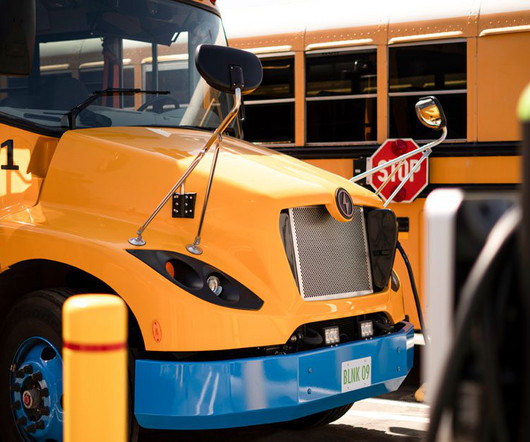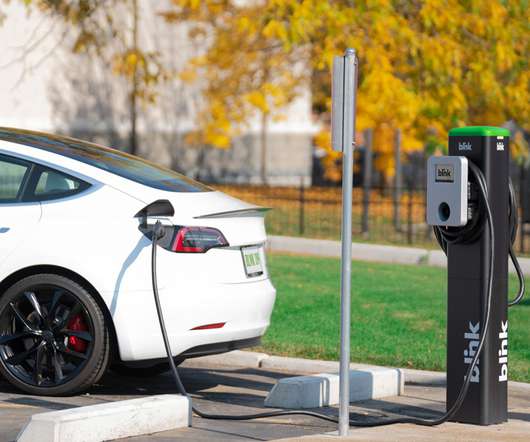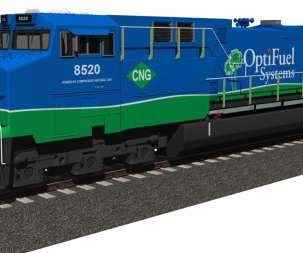PSI team develops web tool for consumers to compare environmental impact of passenger cars in detail
Green Car Congress
MAY 17, 2020
Deterioration of the ozone layer [kg CFC-11-eq.]. Primary energy, non-renewable [Megajoule]. Primary energy, renewable [Megajoule]. For the future, the electricity mix can also be manually entered to test the effects of different scenarios. Depletion of fossil energy resources [kg oil-eq.]. Smog formation [kg NMVOC-eq.].























Let's personalize your content